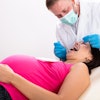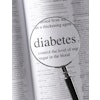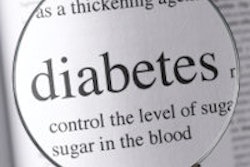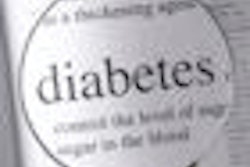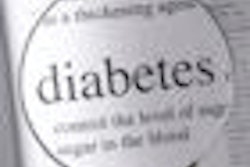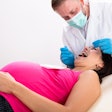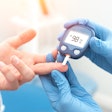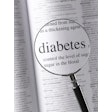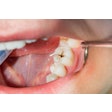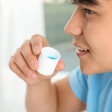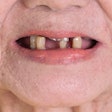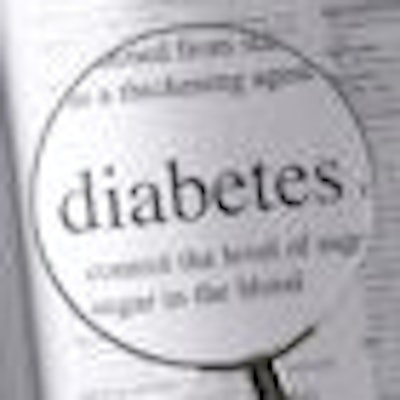
The Clinical and Translational Science Institute (CTSI) at New York University (NYU) has awarded an NYU nursing-dental research team a one-year pilot grant to assess the feasibility of using gingival crevicular blood from periodontal patients to gauge hemoglobin A1C as a means of diagnosing diabetes and identifying prediabetes.
CTSI is a partnership between New York University's Langone Medical Center and the New York City Health and Hospitals Corporation funded by a grant from the National Center for Research Resources of the National Institutes of Health.
The hemoglobin A1C test has long been used to measure how well people already diagnosed with diabetes have their blood glucose levels under control. In January 2010, the American Diabetes Association issued new clinical practice recommendations calling for the addition of the hemoglobin A1C test as a means of also diagnosing diabetes and diabetic risk.
Led by Shiela Strauss, PhD, an associate professor of nursing and co-director of the Statistics and Data Management Core for NYU's Colleges of Nursing and Dentistry, the study will gauge levels of hemoglobin A1C using a version of an A1C testing kit that was initially developed to enable dentists and dental hygienists to collect finger-stick blood samples and send them to a laboratory for analysis.
Strauss has adapted the testing kit to include oral blood as well as finger-stick samples. Using her version of the test, oral healthcare providers can play a role in screening patients for diabetes without having to draw and analyze venous blood samples -- a process that requires certification by the Centers for Medicare and Medicaid Services, a division of the U.S. Department of Health and Human Services.
Strauss will recruit periodontal patients for the research because an earlier study that she led found that more than 90% of people with periodontal disease but with undiagnosed diabetes are at risk for diabetes and should be screened for diabetes. Her research team will recruit 120 subjects from the NYU College of Dentistry's periodontal treatment program for the new study. Each subject will provide one finger-stick blood sample and, if there is oral bleeding, one blood sample drawn from a deep pocket of gum inflammation.
Dental and dental hygiene students and faculty will collect the oral blood samples, while the subjects will either draw their own finger-stick blood or do so with help from the students and faculty. Both samples will be sent to the same laboratory, which will determine whether subjects' hemoglobin A1C levels are in the normal, prediabetic, or diabetic range. The research team will compare the laboratory results to see if there is a correlation between A1C levels in the finger and oral blood samples.
Mary Rosedale, PhD, an assistant professor of nursing at NYU, will counsel those subjects whose finger-stick hemoglobin A1C levels are determined to be in the diabetic range regarding the importance of follow-up. She will also interview subjects to assess their reactions to diabetes screening in a dental setting.
A1C testing may be more easily incorporated into a dental visit than a fasting, blood-glucose screening -- often the first test for diagnosing diabetes -- since most people don't fast before seeing a dentist, Strauss noted.
"If we find a high correlation between the A1C finger-stick and oral blood samples in our new study, we plan to conduct additional research on oral blood A1C testing involving a broader pool of subjects and dental practice sites," she stated in a press release.
An earlier NYU nursing-dental study led by Strauss suggested that the dental visit could be a useful opportunity to conduct an initial diabetes screening. In that study, researchers used a glucometer to screen 46 subjects with periodontal disease for casual blood glucose levels, measuring blood glucose without regard to when a person last ate. The study determined that the glucometer can provide glucose level readings that are highly correlated with glucometer readings for finger-stick blood samples when oral blood samples are drawn from deep pockets of gum inflammation.
"There is a critical need to increase opportunities for diabetes screening and early diabetes detection," Strauss said. "The issue of undiagnosed diabetes is especially critical because early treatment and secondary prevention efforts may help to prevent or delay the long-term complications of diabetes that are responsible for reduced quality of life and increased levels of mortality risk."
